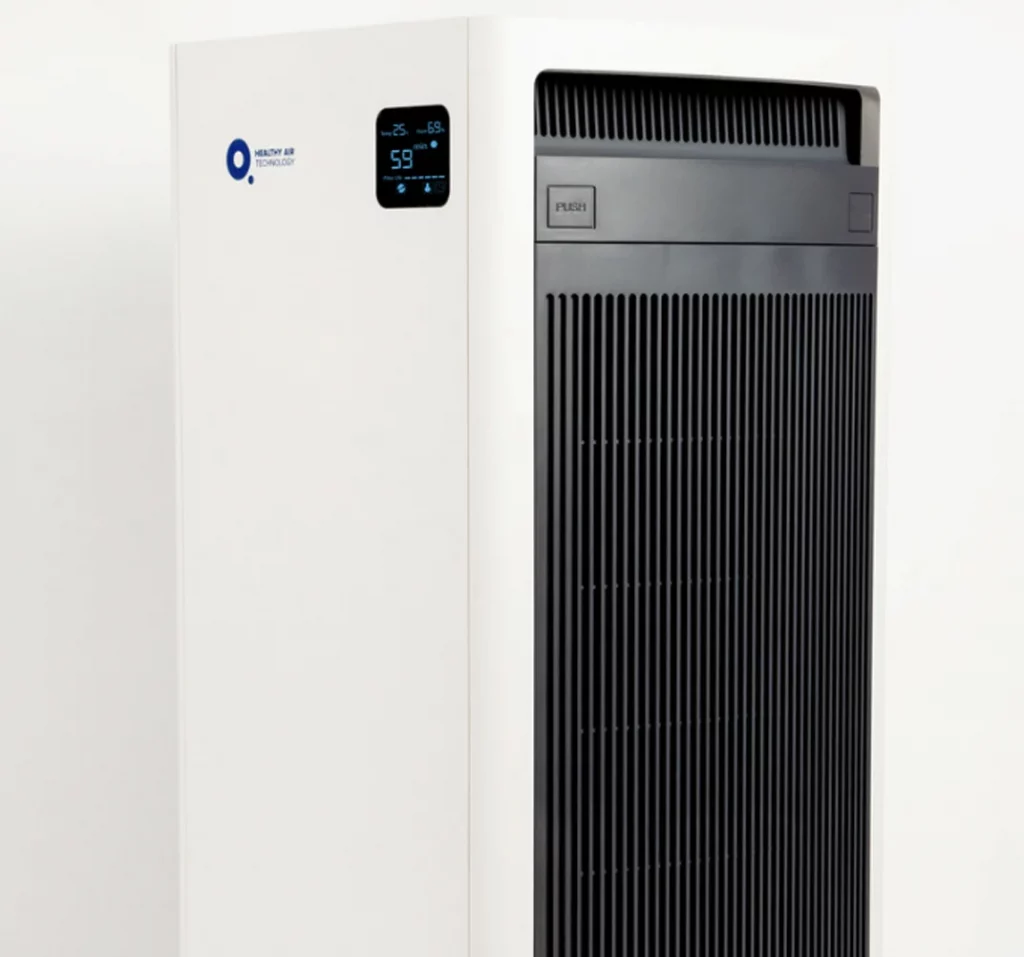Introduction
Are you aware that indoor air can often be more contaminated than outdoor air Surprisingly, changes in our climate play a significant role in this phenomenon, impacting the quality of the air we breathe indoors. According to the World Health Organization (WHO), indoor air pollution (IAP) claims the lives of 3.8 million people annually, with a staggering 237,000 deaths occurring in children under the age of 5 in 2020 alone.
With many of us spending approximately 90% of our time indoors, it’s imperative to grasp how climate change exacerbates indoor air quality issues. As temperatures rise, outdoor air pollution seeps into our indoor spaces, introducing harmful pollutants that threaten our health and well-being. Moreover, the escalating frequency and intensity of wildfires and dust storms further contribute to indoor air pollution levels, posing hidden dangers to our indoor environments.
Understanding the Threat
Indoor air pollution presents a diverse range of pollutants, each with its health risks that can profoundly impact our well-being. From commonly encountered dust mites to the less visible volatile organic compounds (VOCs), these pollutants pose significant threats to our health.
Let’s break it down further:
- Dust Mites: These microscopic organisms are a common allergen found in household dust. They can trigger allergic reactions, leading to symptoms like sneezing, coughing, and itchy eyes. Prolonged exposure can exacerbate asthma and respiratory issues.
- Biological Pollutants: These include mold, pollen, pet dander, and bacteria. Mold spores, for instance, can cause respiratory problems, especially in individuals with allergies or compromised immune systems. Pollen can trigger hay fever symptoms, while pet dander can worsen allergies and asthma.
- Carbon Monoxide (CO): A colorless, odorless gas produced by incomplete combustion of fuels such as gas, oil, and wood. CO binds to hemoglobin in the blood, reducing its oxygen-carrying capacity, leading to symptoms like headaches, dizziness, nausea, and even death in severe cases.
- Formaldehyde/Pressed Wood Products: Found in adhesives used in pressed wood products like furniture, cabinets, and flooring. Prolonged exposure to formaldehyde vapors can cause respiratory irritation, allergic reactions, and even cancer in some cases.
- Volatile Organic Compounds (VOCs): Found in many household products like paints, solvents, cleaning agents, and air fresheners. VOCs can cause eye, nose, and throat irritation, headaches, nausea, and damage to the liver, kidneys, and central nervous system with prolonged exposure.
- Secondhand Smoke/Environmental Tobacco Smoke: Contains a cocktail of harmful chemicals like nicotine, carbon monoxide, and tar. Exposure to secondhand smoke increases the risk of respiratory infections, asthma attacks, lung cancer, and heart disease, especially in children and non-smoking adults.

Defenders of Indoor Health
The Medical-Grade Healthy Air D-orbital Nano Oxide (DNO) Catalyst Air Purifiers stand as the guardians of your indoor environment, ensuring optimal air quality for you and your loved ones. These cutting-edge devices employ advanced filtration technology to combat indoor air pollutants effectively.
Utilizing a patented DNO catalyst, these purifiers neutralize a wide range of contaminants present in the air, including dust, pollen, pet dander, and volatile organic compounds (VOCs). The DNO catalyst breaks down harmful particles at the molecular level, ensuring that the air you breathe is not only clean but also free from potential health hazards.
Now, let’s hear from satisfied customers who have experienced firsthand the life-changing benefits of cleaner indoor air. Read testimonials from satisfied customers here https://healthyairnigeria.com/

Empowering Change
While air purifiers play a crucial role in improving indoor air quality, there are also additional steps you can take to create a healthier home environment. Simple measures such as increasing ventilation, minimizing indoor sources of pollution, and adopting eco-friendly cleaning products can all contribute to cleaner indoor air and better overall health.
Conclusion
As temperatures continue to rise, it’s more important than ever to prioritize clean indoor air. By understanding the threats posed by indoor air pollution and taking proactive steps to improve air quality, you can create a healthier home environment for yourself and your family. Let’s work together to make clean indoor air a priority and ensure that everyone can breathe easily and live well.
Ready to take the next step towards cleaner indoor air? Join the Healthy Air movement and create a healthier, happier home environment.


